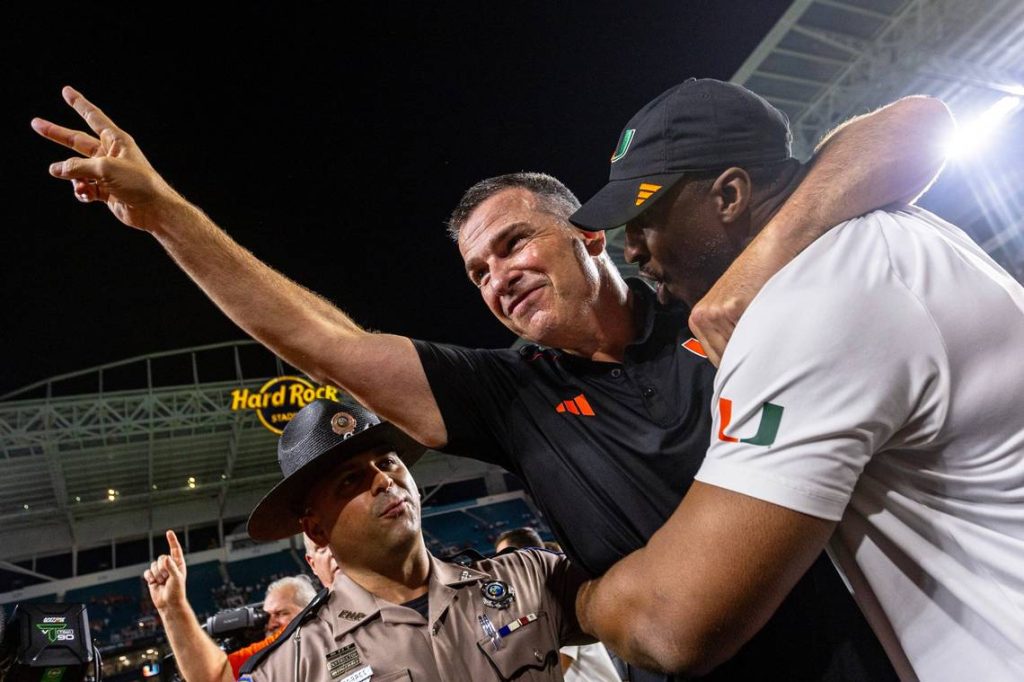The University of Miami, along with other institutions of higher education, may soon find themselves operating teams in professional sports leagues due to a pending $2.8 billion settlement of antitrust lawsuits brought by former players against the NCAA. The athletes argued that they should have been paid for the schools’ use of their names, images, and likenesses. With the relaxation of NCAA rules three years ago allowing college athletes to profit from their fame, many have already received NIL money for endorsements and appearances. Additionally, starting in 2025, college athletes will be entitled to receive a salary through a revenue sharing plan.
If college athletes are considered employees, schools will need to navigate federal and state labor laws and potentially deal with athletes organizing unions, collectively bargaining, and going on strike. The NCAA is aware of this potential scenario and President Charlies Baker has mentioned the possibility of seeking Congressional approval for a model that would allow compensation without triggering employment status. However, schools like the University of Miami must determine if this new arrangement is worth the trouble and expense, considering the school’s current academic excellence and research reputation.
The University of Miami no longer relies on athletics to boost enrollment, as it has become known for its academic achievements and research endeavors. The question arises of whether UM would benefit from withdrawing from intercollegiate athletics, especially given their financial disadvantage in the Atlantic Coast Conference compared to schools receiving large sums from TV money in other conferences. The potential for athletes to sell their services to the highest bidder and increasing salaries of head coaches and assistants pose challenges for UM in maintaining competitiveness in intercollegiate athletics.
There are precedents for universities dropping sports programs, such as the University of Chicago and UM itself in regards to men’s basketball in 1971. For some universities, dropping sports would leave them with large on-campus stadiums, but UM does not face this issue. Redirecting alumni and booster contributions from sports programs to further enhancing education could be a positive outcome of the changing landscape of intercollegiate athletics. With athletics resembling more of a professional venture, becoming costlier, and vulnerable to the influence of sports gambling, UM may benefit from focusing on its primary mission of education.
Robert F. Sanchez, a former member of the Miami Herald Editorial Board, highlights the potential changes facing the University of Miami and other institutions of higher education in light of the evolving landscape of college athletics. The possibility of schools running professional sports teams, renegotiating their relationship with student-athletes, and reconsidering the role of athletics in their overall mission is a significant shift. Ultimately, universities like UM will need to carefully weigh the costs, benefits, and implications of these changes as they navigate the future of intercollegiate athletics.


